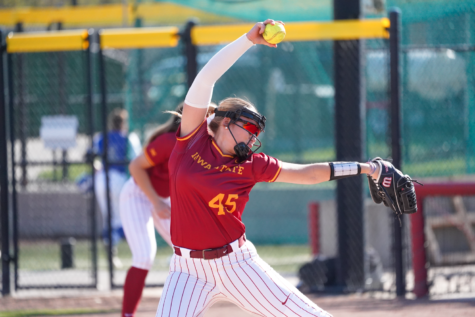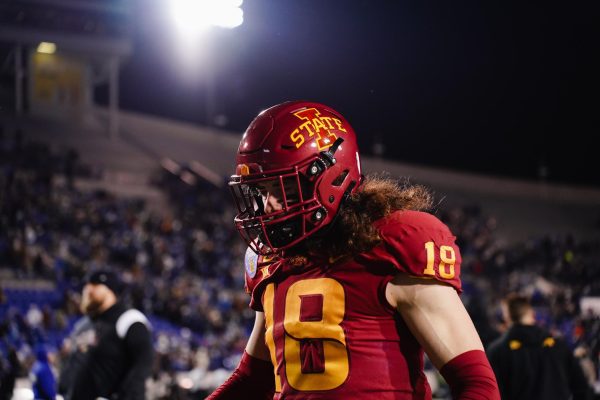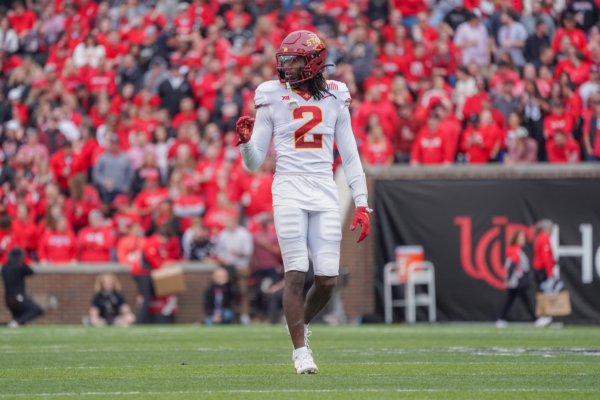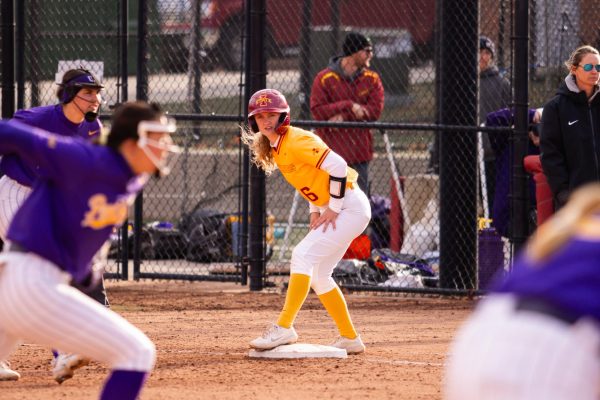Mystery unfolds at Masters
April 6, 2006
AUGUSTA, Ga. – One by one, players trudged up the hill leading to the clubhouse at Augusta National, then paused and gazed back at a course that by now they should know all too well.
But this Masters seems to contain more mystery than ever.
Part of that is the sheer length. The tees were pushed back on six holes, stretching the course to 7,445 yards, the second-longest course in major championship history behind Whistling Straits (7,514 yards) two years ago at the PGA Championship.
The par-3 fourth hole now is 240 yards, requiring most players to hit fairway metal, and some players to hit a driver. The par-4 11th is 505 yards, with trees to the right of the landing area and a pond to the left of the green ready to swallow up any mistake.
Masters chairman Hootie Johnson vigorously defended the changes Wednesday, especially at No. 11, pointing out that Bobby Jones intended the second shot to be played with a 3-iron or more.
“He (Jones) probably was hitting into a green that ran at 2 on the Stimpmeter,” said Retief Goosen.
“The condition of the greens now are different than they were in the 1900s. You hit a 3-iron on the front of that green, it rolls off into the water.”
And then there’s the weather.
Azaleas and dogwoods are blazing even brighter under a warm sun. The tightly mown grass beneath the feet is firm, not slippery. Not since 2001 has the Masters been contested over four days in relatively dry, fast conditions. That’s a significant date, because serious expansion at Augusta National didn’t start until the next year.
















